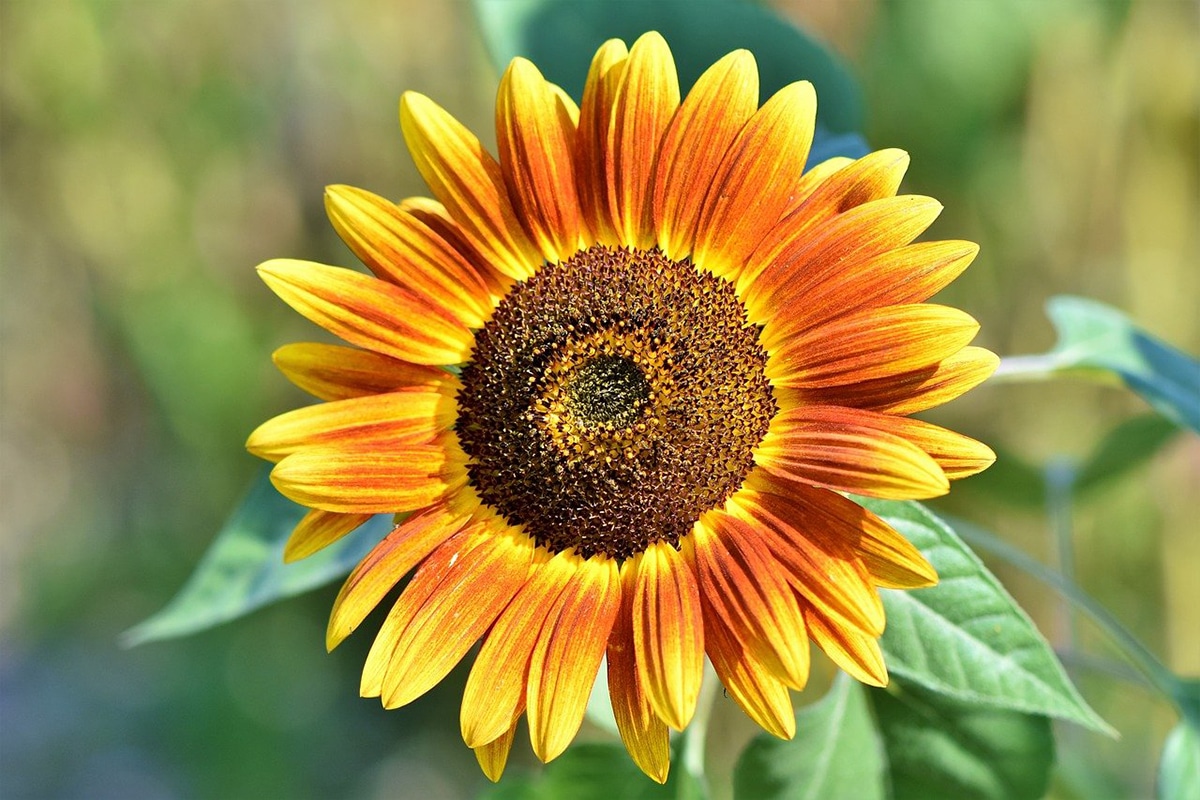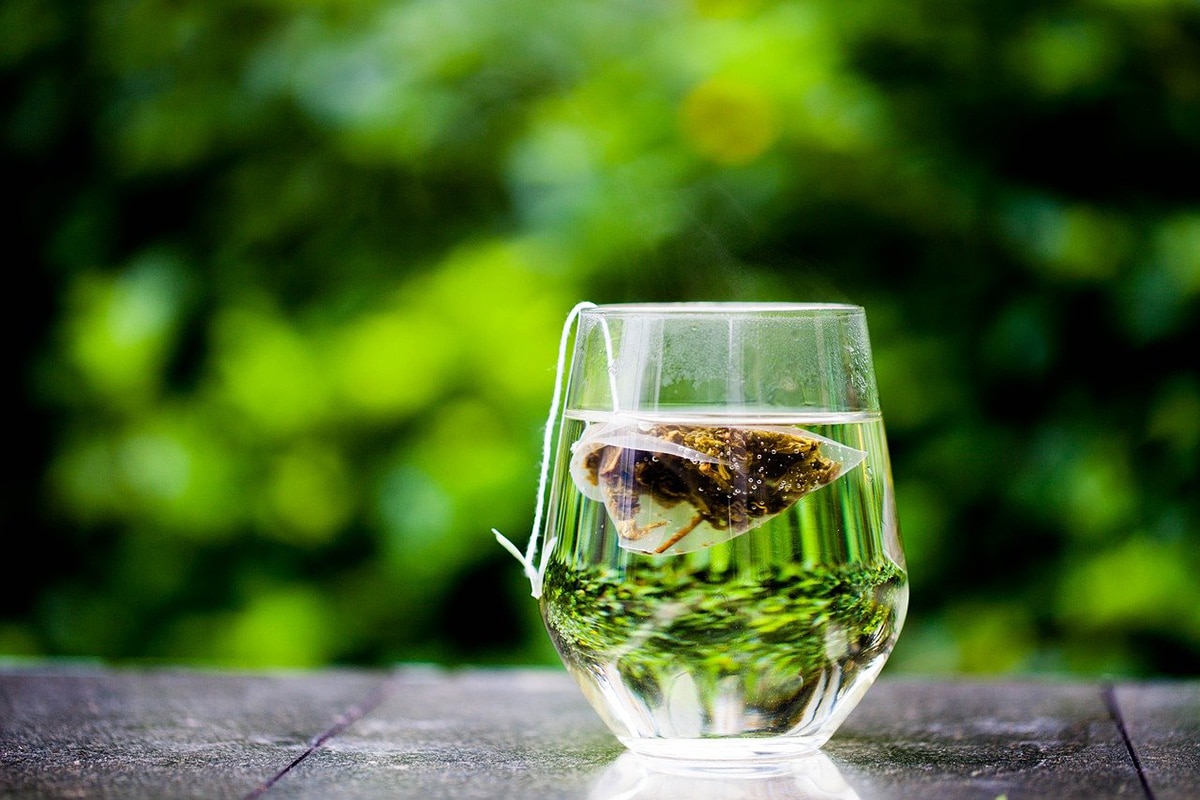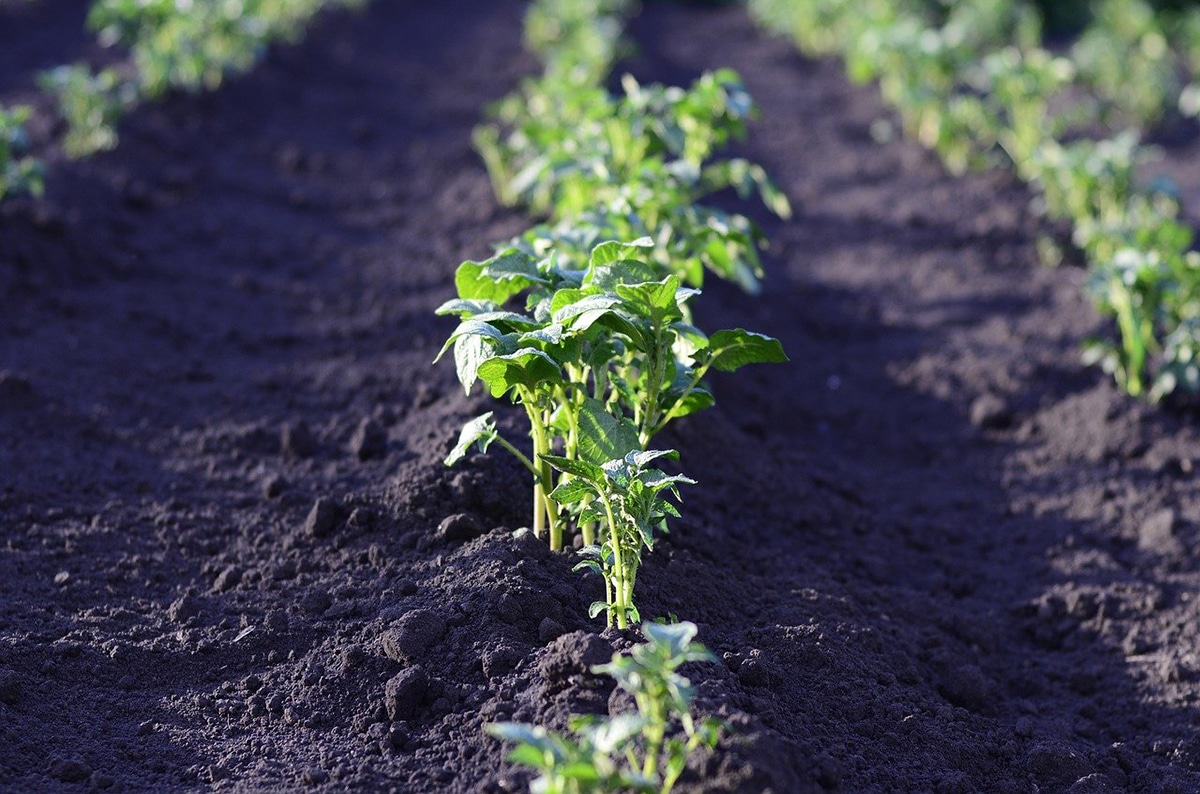
The plant world is very wide and presents an enormous diversity. But not everything is only species, each one belongs to a clade that in turn belongs to another even broader group until reaching the generic family. One of these groups is the Spermatophyta, cuyos members are characterized by the production of seeds. However, within this group there are subclades, as they can continue to differentiate.
But what is the Spermatophyta? And the spermatophytes? What types are there? We will answer all these questions and more in this article. If you want to know more about plants that produce seeds, read on.
What does the term spermatophytes mean?

The Spermatophyta, spermatophytes or phanerogams are a group belonging to the kingdom of plants that includes all those vascular vegetables and their seed-producing lineages. As for the scientific name, it has its origin in Greek. The term "sperma" means "seed", while "phyton" is translated as "plant." Therefore, the literal name in Spanish would be "plants with seeds."
This group of plants is also known as siphonogamous embryophytes. This is because the pollen grain of the spermatophytes produces a tube, pollen or haustorial, whose objective is to reach the ovum for fertilization. The word "embryos" is translated as "embryo" and again "phyton" as "plant." The term "xifos" means "tube" and "gamos" means "sexual union." Therefore, the name would be translated "Plants with an embryo whose sexual union occurs with a tube." Although scientists usually refer to these plants only as "embryophytes", there are others such as asiphonogams or bryophytes.

The monophyly of plants belonging to the Spermatophyta group has been agreed by scientists for a long time. There are several morphological evidences that corroborate it, such as for example seed and wood production, also called secondary xylem. In addition, the axillary branching is also a feature to highlight.
What are spermatophytes? Examples
To this day, the Spermatophyta group is without a doubt the most extensive lineage among all vascular plants. The known living species already exceed 270 thousand. The main responsible for such diversity is the subclade of angiosperms. There are other subclades that are grouped as gymnosperms. These are four groups that have a common ancestor: ginkgos, gnetales, conifers, and cycads. Let's see below some examples of the different subclades:
- Angiosperms: Corn, rice, wheat, apple trees, orange trees, etc.
- Ginkgos: Ginkgo biloba or tree of the forty shields
- Gnetales: Welwitschia, Gnetum, Ephedra
- Conifers: Fir, redwood, stone pine, etc.
- Cycads: Dioon, Bowenia, Macrozamia, Lepidozamia, etc.
What are the types of spermatophytes?

The kingdom of plants achieved its best adaptation to the terrestrial environment through the production of seeds. In all those vegetables with seeds, the sporophyte began to predominate while the gametophyte was increasingly reduced until it became a dependent structure inside the sporophyte.
At the same time, the lower plants replaced the flagellated sperm by pollination. Thanks to this process they were able to become independent from water that until then was their only fertilization vehicle. In the same way, both the zygote and the embryo no longer depended on water, since the seed offered them protection through its hard envelope.
Currently, spermatophytes are divided into two subclades: Angiosperms and gymnosperms. We will talk about both below.
Angiosperms
In the first place we have the angiosperms that we have already mentioned previously. Its name comes from Latin. The term "angi" means "enclosed" and "sperma" translates to "seed." Thus, the literal name would be "enclosed seed." This is the name given to the division of flowering plants, which are the dominant plants. In fact, they are the largest source of food for both humans and other mammals. And not only from food, but also from many other natural products and raw materials. Its members include almost all shrubs and herbaceous plants, most trees with the exception of pines and other conifers, and more specialized plants such as epiphytes, aquatic plants, and succulents.

Although more than 230 thousand species of angiosperms are currently known, there are still many to be discovered. Today, flowering plants have come to occupy almost all existing ecological niches and their presence predominates in most landscapes. It is estimated that approximately two-thirds of angiosperms belong to the tropics. However, the human being is exterminating them at a speed that gives vertigo. Only a thousand species of angiosperms are of economic importance worth considering, while most of the world's diet is due to only fifteen.
Gymnosperms

The other subclade belonging to the Spermatophyta group are the gymnosperms. Like the previous one, its name comes from Latin. "Gymn" means "naked," while "sperma" translates to "seed." The word "gymnosperm" is thus literally equivalent to "naked seed." This name is given to all those vascular plants that do not have a flower but that produce seeds as well. Among them are several groups:
- Cicadophytes (retain the most primitive traits of current seed plants)
- conifers
- ginkgos
- Gnethophytes (everything indicates that they have a common ancestor with flowering plants)
Gymnosperms generally They are woody plants whose bearing is arboreal, shrubby or climbing in some gnetophytes. In addition, they have the oldest seeds of all plants, since everything indicates that they come from Devonian ferns. Although we can find gymnosperms all over the world, they tend to prefer sub-arctic and temperate regions. Gnetophytes and cycadophytes are primarily tropical and subtropical. Compared to angiosperms, the number of gymnosperms is considerably lower. It is estimated that there are about 70 genera and 600 living species in this group, much less than in the case of flowering plants.
Every day more things are learned about plants, not to say that new species are even being discovered. However, We must not forget to care for and preserve those that we already know. Conserving the environment is conserving ourselves as a species.